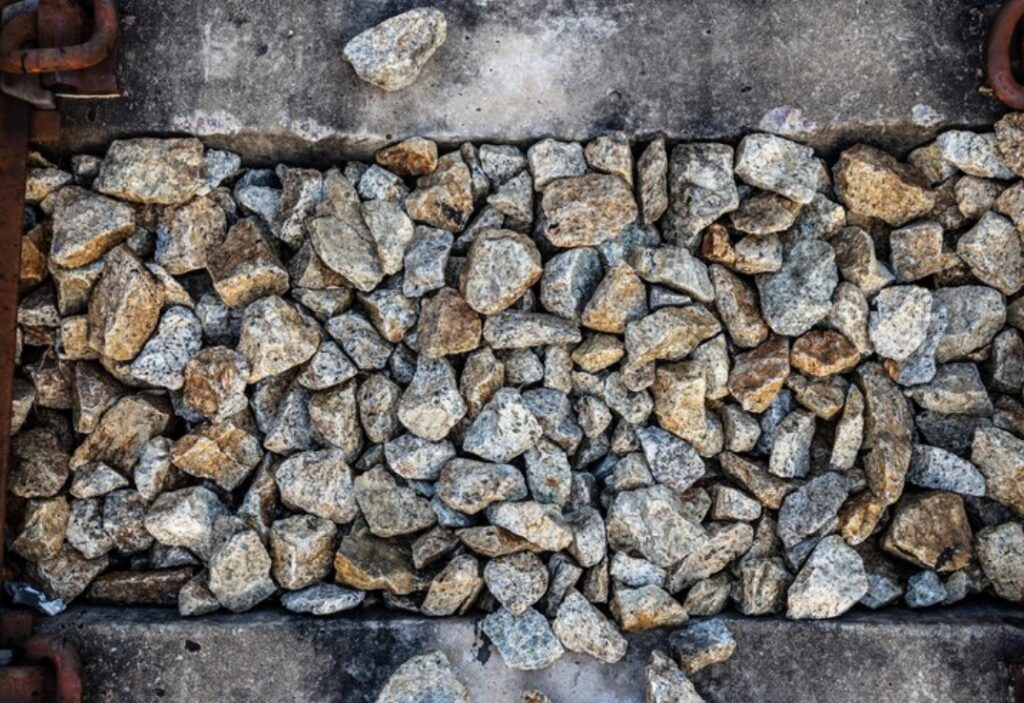Summers in Bothell can hit hard when it comes to water use in residential gardens. Without smart planning, homeowners often end up dealing with soggy patches in one area and bone-dry soil in another. Improper drainage can lead to plant stress, soil erosion, and pathways that turn messy after every watering. These problems don’t just waste time and money — they also wear down the health of your landscaping. In gardens without proper water flow, plant roots can rot or dry out because the water either pools or slides away too quickly.
Crushed rock offers a steady solution for water management in these situations. By helping to guide, absorb, and slow down water flow, this material supports soil integrity and protects plant zones. Crushed rock in Bothell is not just about looks; it plays a functional role in keeping garden beds, pathways, and edges from turning into problem areas. When used correctly, it becomes a reliable way to manage moisture through the hottest parts of the year.
Benefits of Crushed Rock for Water Management
Crushed rock does more than just make a garden look neat and organized. It acts as a functional layer that guides water and supports healthy soil. In the dry months around August, this can make the difference between a garden that thrives and one that struggles.
Here are some of the main benefits homeowners in Bothell can expect when adding crushed rock to their landscapes:
– Improved Drainage: Crushed rock allows water to pass through quickly rather than sit on the surface. This helps prevent puddles from forming near plants, sidewalks, or patios. It keeps the soil underneath from becoming too compacted or overly saturated.
– Protection Against Erosion: On slopes or uneven ground, water can carry away topsoil during irrigation or rain. Crushed rock helps reduce this by absorbing some of the force and slowing the flow of water. This holds soil in place and cuts down on runoff.
– Moisture Support: While it drains well, crushed rock can help prevent water from evaporating too quickly. When laid on top of landscape fabric, it shades the soil and keeps plant roots more comfortable during hot, dry weeks—without creating conditions for overwatering.
Crushed rock is helpful in raised beds, perimeter zones, and walkways prone to flooding. For example, one Bothell homeowner with clay-heavy soil placed rock around their trees and saw an end to years of pooling after every watering. Now, water flows evenly away from plant bases instead of creating stress points.
Selecting the Right Crushed Rock for Bothell Gardens
The type of crushed rock you use affects how well it manages water. Not all rock sizes or textures will work the same way, and selecting the right fit for your garden setup can make a big difference.
When selecting crushed rock in Bothell, consider the following:
1. Size and Shape
– Larger rocks (1 inch or more) allow more space for water to drain
– Smaller gravel (¼ to ½ inch) works well as a top layer, slowing down evaporation
– Angular rocks hold their position better and provide more stability on slopes
2. Material Type
– Granite and limestone tend to last longer and resist breaking down
– Recycled gravel may work in certain areas, though quality can vary
– Lightweight rock often shifts or crumbles under heavy irrigation and should be avoided
3. Color and Appearance
– Neutral colors blend well with surrounding soil and plants
– Darker rock absorbs more heat, which can be useful in partially shaded zones
– Light-toned rock may brighten darker gardens but may require more upkeep
4. Use by Garden Area
– Smaller crushed rock works well for flower beds where appearance matters
– Larger rock is better for paths and structural areas needing more support
– In sloped zones or near downspouts, a mix of sizes can help manage stronger flows of water
Soil compatibility is another factor. In a garden with compacted clay, choosing a crushed rock that won’t sink over time is key. Matching rock type to garden function improves results and reduces the need for fixes later.
How to Apply Crushed Rock for Optimal Water Management
Getting crushed rock in place correctly is just as important as choosing the right type. A thorough setup improves how well the rock performs over time and helps avoid mistakes that lead to rework.
Follow these preparation tips before spreading crushed rock:
– Clear away weeds, debris, and loose soil from the area
– Dig test holes to check how water flows if drainage is unclear
– Loosen compacted areas if needed to encourage downward drainage
– Add a slope if necessary to direct water away from buildings or plant beds
Once the area is prepped:
– Compact the soil surface using a tamper or roller
– Lay down landscape fabric to control weed growth and keep the rock from sinking into soil
– Add a base layer if needed—sand or fine gravel helps even out the surface
– Spread crushed rock evenly to a depth of 2 to 4 inches depending on location
– Rake and smooth the rock, making sure water can move freely without pooling
Edges are important. Use borders along walkways or zones where rock might shift into lawns or garden beds. In areas that slope, start with larger rock layers up top and finish with smaller ones near the bottom. This helps control flow without restricting water movement.
Once installed, crushed rock doesn’t need constant care, but occasional checks help keep everything working well. After irrigation or rain, check for low spots or displaced stones and rake them back into place as needed. Seasonal touch-ups keep the area neat and effective.
Common Mistakes to Avoid When Using Crushed Rock
Knowing where things go wrong can keep your garden from wasting time and money. Even a good material like crushed rock won’t help if used the wrong way.
Here are several mistakes to avoid:
1. Skipping Slope and Soil Prep: Applying rock to an uneven surface or ignoring how water flows leads to trouble. Water may stand still or rush past too quickly. Always level and grade before spreading material.
2. Using the Wrong Rock Size for the Purpose: Small gravel in places with heavy flow can get washed away. Larger rocks in tight garden zones may be difficult to walk on or maintain. Match size to site needs.
3. Ignoring Underlayment: Landscape fabric helps with both structure and weed control. Without it, rock may sink into soft soil or mix with dirt during heavy watering.
4. Getting the Depth Wrong: If crushed rock is spread too thin, it won’t slow down water flow or stop erosion. If it’s too thick, it can prevent proper drainage or make walking paths uneven.
5. Placing Rock Too Close to Plants: Rock should not touch plant stems or tree trunks. Heat can build up around the bases, and water availability may decrease due to coverage.
Awareness of these missteps will help keep your project on track and make future maintenance easier.
Creating a Water-Efficient Garden Year-Round
Crushed rock, when applied correctly, strengthens how water moves through every part of your landscape. It improves drainage, helps hold soil, and keeps water where plants can use it best. For many Bothell homeowners, using crushed rock turns garden areas from problem zones into useful, low-maintenance spaces.
Whether you are working with tough soil types, awkward slopes, or shaded sections, there is likely a type of crushed rock that fits your need. Matching the choice to the area, doing the correct prep work, and installing it thoughtfully all make a difference.
A properly planned and maintained garden with crushed rock can lower the need for constant fixes during summer and fall. By directing water the right way, protecting the soil, and keeping plant beds balanced, your outdoor space not only looks better—it performs better long term.
When set up with the right size, shape, and material, crushed rock becomes a dependable tool in creating a garden that works with the seasons instead of against them. Simple checks throughout the year help extend its support and make sure water stays where it’s needed most.
For a reliable water management solution using crushed rock in Bothell, trust Northwest Landscape Supply to help you achieve effective drainage and reduce erosion throughout your landscape. For a quick estimate or to book a service visit, please contact us today.

